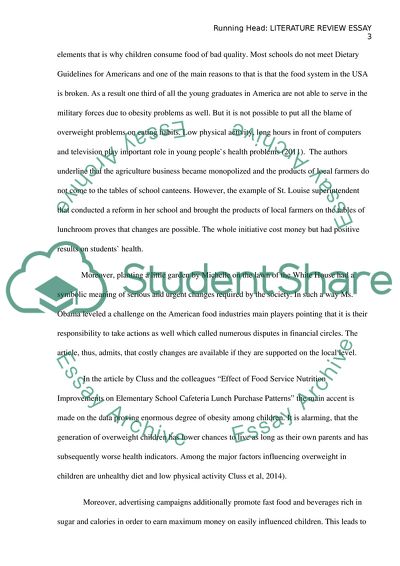Cite this document
(Modernization of School Food System Case Study Example | Topics and Well Written Essays - 2250 words, n.d.)
Modernization of School Food System Case Study Example | Topics and Well Written Essays - 2250 words. https://studentshare.org/education/1833181-literature-review-essay-school-lunch-reform
Modernization of School Food System Case Study Example | Topics and Well Written Essays - 2250 words. https://studentshare.org/education/1833181-literature-review-essay-school-lunch-reform
(Modernization of School Food System Case Study Example | Topics and Well Written Essays - 2250 Words)
Modernization of School Food System Case Study Example | Topics and Well Written Essays - 2250 Words. https://studentshare.org/education/1833181-literature-review-essay-school-lunch-reform.
Modernization of School Food System Case Study Example | Topics and Well Written Essays - 2250 Words. https://studentshare.org/education/1833181-literature-review-essay-school-lunch-reform.
“Modernization of School Food System Case Study Example | Topics and Well Written Essays - 2250 Words”. https://studentshare.org/education/1833181-literature-review-essay-school-lunch-reform.


